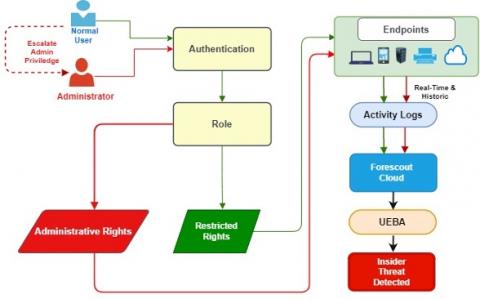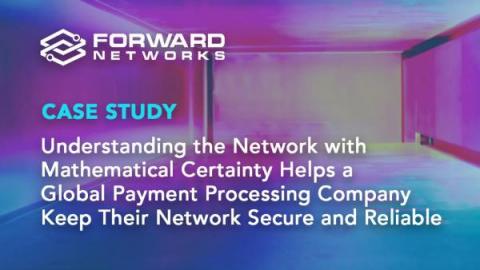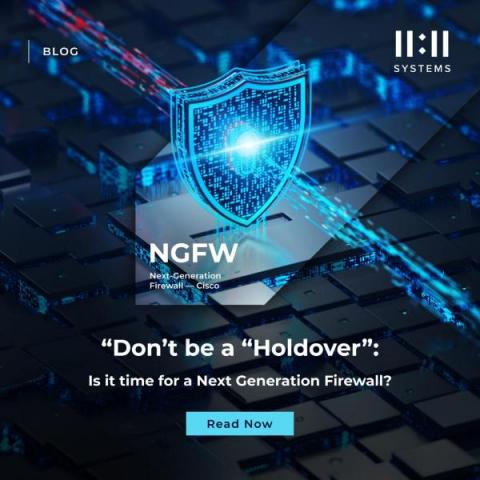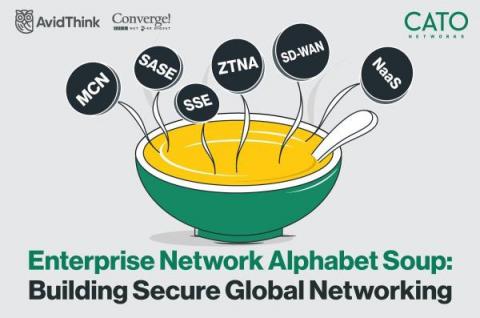How to take full advantage of SD-WAN
In a traditional network, routing and network control are mainly done through physical devices, which can be complex and limited in flexibility and scalability. However, there are network control and management solutions that deliver numerous advantages.











